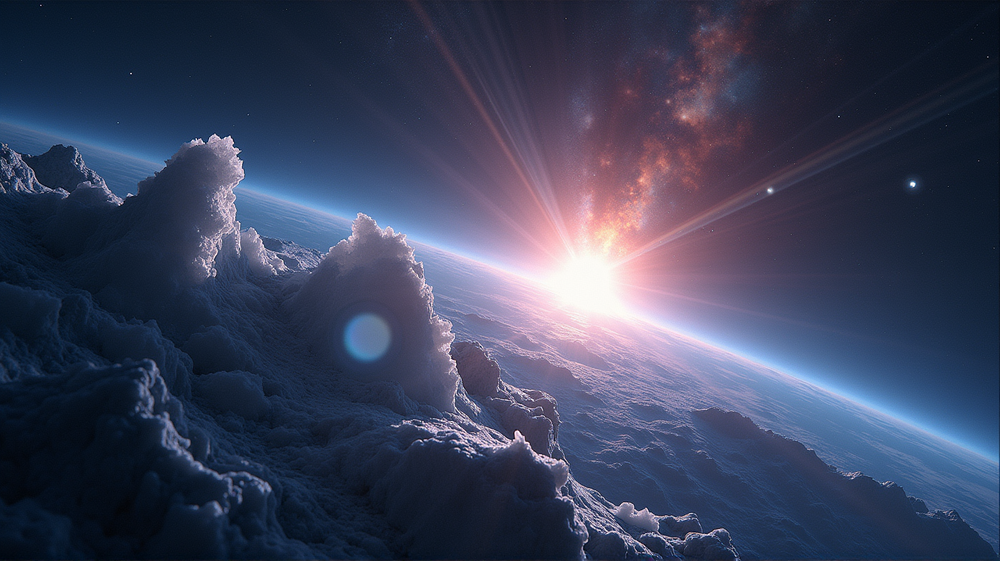A Galactic Breakthrough: Detecting Frozen Water Beyond Our Solar Neighborhood
In a development that sends ripples of excitement across the scientific community, NASA’s James Webb Space Telescope (JWST) has used its awe-inspiring capabilities to make a landmark discovery. For the first time, crystalline ice water has been detected in a young star system far from our familiar solar neighborhood. This jaw-dropping revelation promises to significantly alter our comprehension of how planets form and the potential for life in the vast universe.
The Spectacular Sightings in the HD 181327 System
The heart of this interstellar revelation lies within the star system HD 181327, situated some 155 light-years from our Sun. This relatively young star, only 23 million years old, mirrors our Sun’s qualities but burns slightly hotter and heavier. The exceptional finding uncovers a debris disk resembling our Kuiper Belt — a home to worlds of ice and possibility beyond Neptune. According to Times of India, the Webb telescope’s infrared prowess unveiled the presence of water ice locked within the dust rings around the star.
Cosmic Reflections: Understanding Planetary Birth
Crystalline ice — known for its well-organized internal structure — occupies significant sections of HD 181327’s debris disk. These shimmering icy particles reveal clues about the dynamic processes that give birth to new planetary systems. “HD 181327 is a highly active system,” explains Xie, a key figure in the study. Intense periodic collisions keep the system bustling, replenishing these icy crystals that JWST detects despite the immense distance.
The Resonance with Planetary Formation Models
The uneven distribution of this crystalline ice is a striking new insight, aligning with prevailing models of planetary creation. Notably, the middle regions of HD 181327’s disk reveal an intricate balance — roughly 8% material consisting of frozen water. This evocative glimpse parallels the delicate dance we observe in our own solar system, where ice and rock intermingle to sculpt the planets we see today.
A Watershed Moment for Cosmic Exploration
With the discovery in HD 181327 igniting scientific curiosity, JWST embarks on an even grander voyage — seeking water ice in distant star systems, pushing the boundaries of what we know. The implications resonate deeply; understanding these life-sustaining constituents aids in charting how universal they might be. As stated in Times of India, such discoveries open unprecedented windows for probing water’s crucial role in the cosmic ballet of planet formation.
Let us embrace this moment and look toward a future where the answers to the grand mysteries of life may lie shimmering in the icy glitter of distant star systems.












